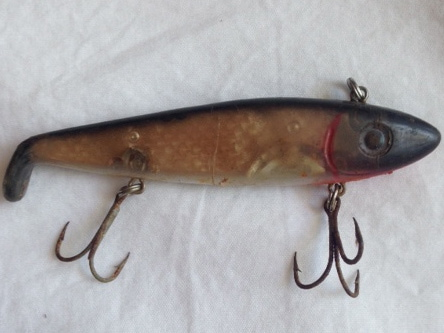Racing Starts
Question
What is the best racing start sequence for the Single scull?
Answer
Hi Jason: Interesting question. 99% of the questions I get is on how to lower their 2K erg times.
The one that I used was: 1/2, 1/2 3/4, 3/4, full twenty at a high stroke rate. Now I haven't raced in a long time and that was before the advent of hatchet blades. So I wanted to see what others were doing.
A British guy from Oxford suggests:
I favour "3/4, 1/2, 3/4": The first stroke is a squeeze taken at 3/4 slide with
no body swing. The catch is light, so as to avoid sending the boat flying
backwards (I have seen many crews going backwards off the start). Power is
increased througout the first stroke up to three-quarter pressure at the
finish. It is important to row this stroke right out cleanly and not to rush
on to stroke two. The second stroke is rowed from half slide, also with
no body swing, it is a quick jab. Then the slide is built up over the
subsequent strokes, and body-swing is gradually introduced after about
stroke five. By about stroke thirteen the crew will have settled into a
racing rhythm, or 'Stride'. One does not want to try to do too much on
the start, the most important thing is to row cleanly and together and
establish a rhythm. This is purely my preferred start, based on work in a sculling boat and crews
that I have coached. I have rowed several other fast starts. One was to start
with full strokes and just build the rating.
At venerable Harvard, they suggest:
We used 2/3, 1/2, 2/3, 3/4, full. After those 5
strokes built us up to full slide, we'd do a power 10 or 20 (depending
on what we thought the competition was going to be like) at a really
high cadence and full power. (All the building strokes were pretty
full power too.) Then, we'd settle into our racing cadence.
An Olympic Coach recommends:
Go 1/2, 1/2, 3/4, "lengthen", full, and a high 15.
The lengthen is a bit longer than the 3/4 yet not quite a full
stroke. The goal is to ease into the race. Most starts that
I see are VERY VERY rushed. While the rate is high, control
should still be maintained. The boat should be DEAD SET. No
excuse for not being set. The key is obviously everyone catching together and having
controlled hands out of bow.
--------------------
I'd say just dedicate a workout to 8-12 500 meter pieces trying a variety of starts and have someone time you for each 500. Hopefully, you can settle on a start that gives you a clear-cut edge on the fastest 500.
Just remember, you can't win a race on the start but you can sure lose one.
Good Luck/AP
Scholarships for LWT men
Flyweight Rowing times


